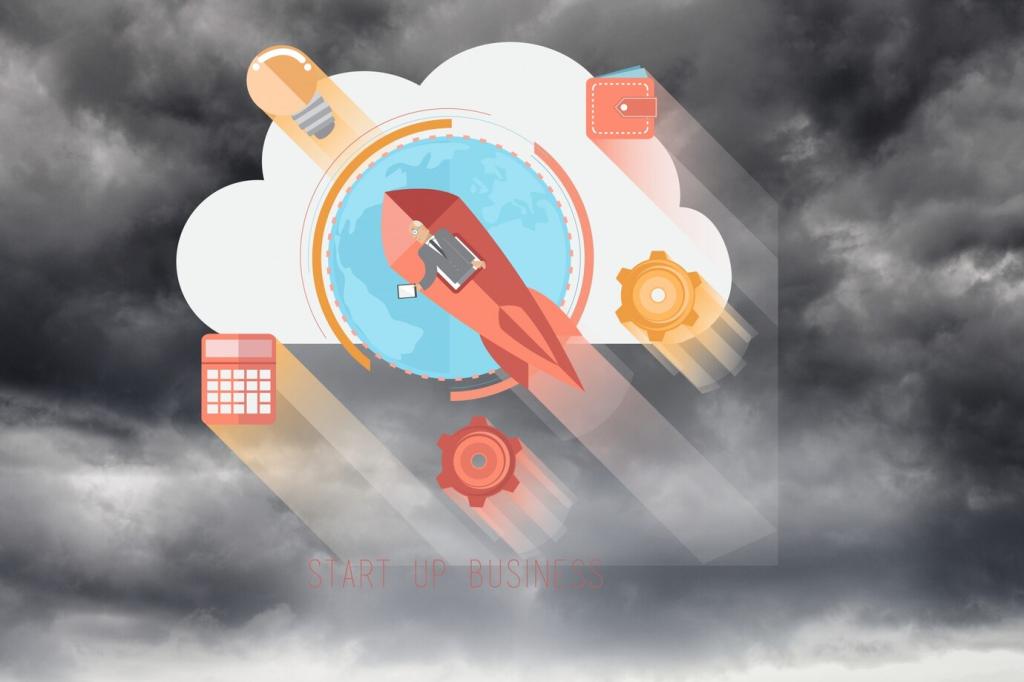Overcoming Common Remote Work Challenges
Remote work has become a fundamental part of modern business, offering flexibility and convenience for both employees and employers. However, this flexibility also brings unique challenges that can impact productivity, collaboration, and well-being. Understanding these challenges is the first step in developing effective strategies to overcome them. This guide explores four of the most common remote work obstacles and provides actionable insights to help create a successful and sustainable remote work environment.

Communication Barriers in Remote Teams
Remote communication often relies on written messages such as emails, chat platforms, or project management tools. Unlike face-to-face conversations, these mediums lack tone of voice, facial expressions, and body language, making it easier for messages to be misunderstood or taken out of context. Even a straightforward statement can inadvertently be perceived as abrupt or negative, leading to unnecessary conflicts. Encouraging team members to clarify and confirm understanding, as well as being mindful of language and intent, can mitigate these issues and foster a more harmonious remote work culture.
In remote settings, especially with globally distributed teams, time zones and work schedules often do not align. This can result in lagging response times, leading to bottlenecks in decision-making and progress. Team members may have to wait hours or even days to receive input or feedback, slowing down workflow and causing frustration. Establishing clear expectations for response times and leveraging asynchronous communication strategies can help keep projects moving smoothly despite these inherent delays.
The necessity to use various digital communication tools can sometimes become a double-edged sword. While technology facilitates connection across distances, constantly switching between multiple platforms can be overwhelming and lead to missed messages or information overload. Finding the right balance and selecting integrated tools tailored to your team’s needs is crucial. Regular assessments of communication practices and streamlining solutions can significantly alleviate this challenge, promoting clarity and reducing cognitive fatigue.
Managing Distractions and Maintaining Focus
Navigating Home Environment Interruptions
Unlike the controlled environment of an office, homes can be full of unexpected disturbances. Children, pets, household responsibilities, or even neighborhood noise can pull attention away from work. These interruptions can disrupt focus, prolong task completion, and increase stress levels. Creating a designated workspace, setting clear boundaries with cohabitants, and establishing routines can help individuals reclaim control over their environment and safeguard productive hours each day.
Procrastination and Time Management
Remote work can blur the boundaries between professional and personal life, making it tempting to delay or multitask on assignments. Without the structure of an office and regular supervision, some employees may struggle to prioritize effectively and stay on track. Procrastination can creep in, resulting in missed deadlines and lower work quality. Implementing proven time management techniques, such as the Pomodoro Technique or daily task lists, empowers remote workers to break projects into manageable segments and cultivate a sense of accomplishment throughout the day.
Digital Overload and Burnout
Constant exposure to digital devices is an inevitable aspect of remote work, but overusing screens can negatively impact focus, well-being, and mental health. The expectation to be perpetually available can lead to longer working hours, blurred work-life boundaries, and eventually, burnout. Encouraging regular breaks, promoting digital well-being initiatives, and supporting team members in drawing firm lines between work and personal time are vital steps in preventing digital fatigue and maintaining sustained engagement.

Fostering Team Collaboration and Engagement
Remote workers often miss out on the social interactions that organically occur in office environments, such as impromptu conversations, team lunches, or casual after-work gatherings. This lack of human connection can foster feelings of loneliness and detachment. To address this, organizations should encourage virtual social events, informal check-ins, and establish supportive communities online. Providing safe spaces for employees to connect on a human level strengthens bonds that underpin effective collaboration and employee satisfaction.

